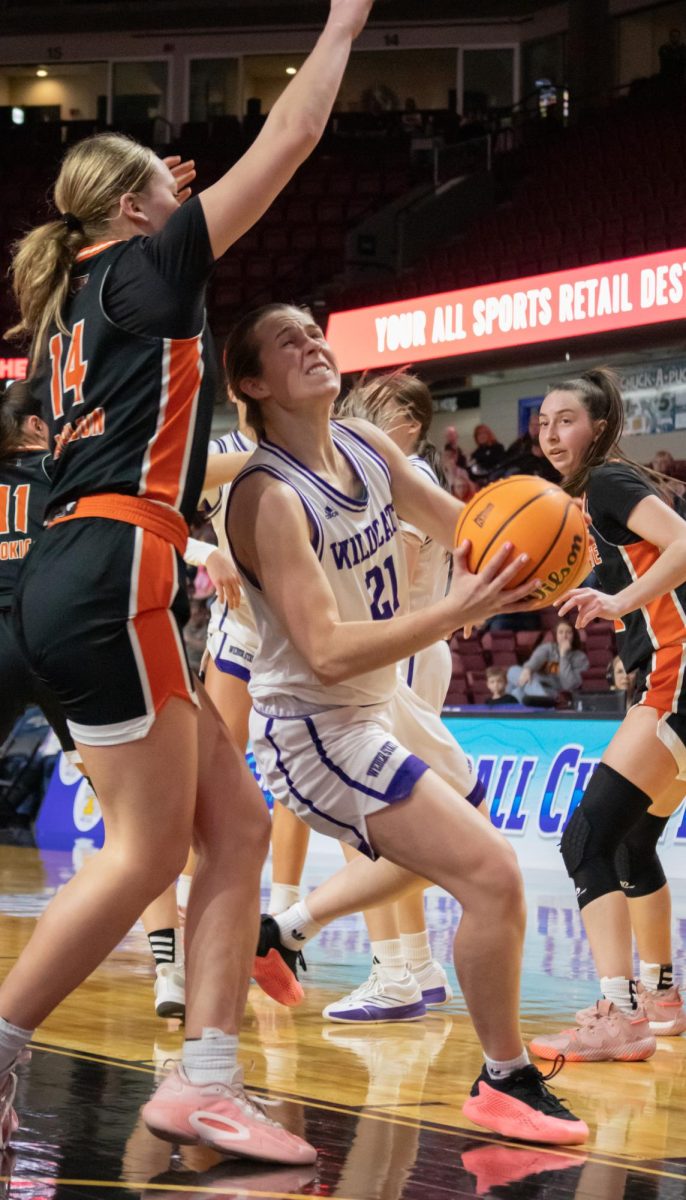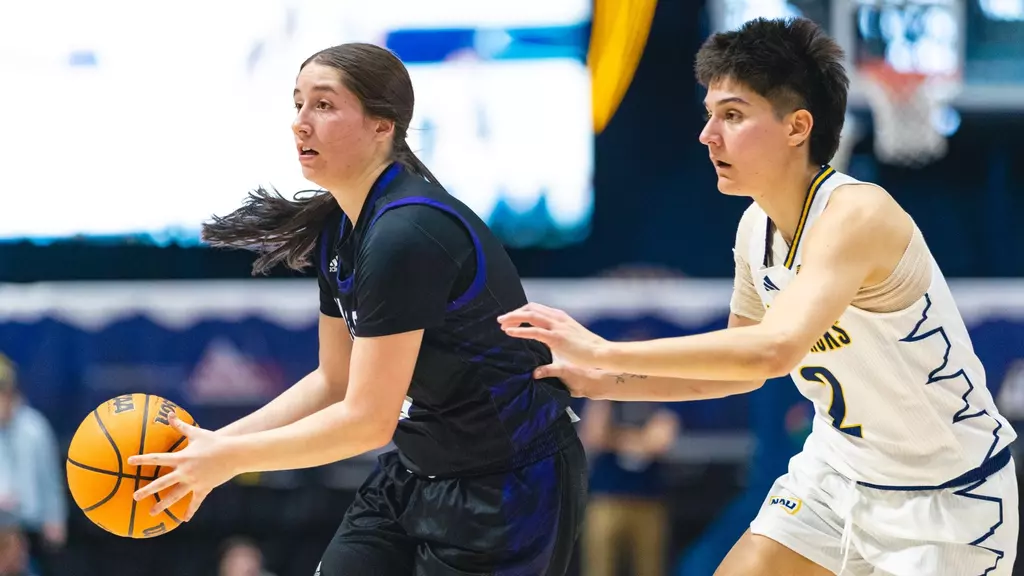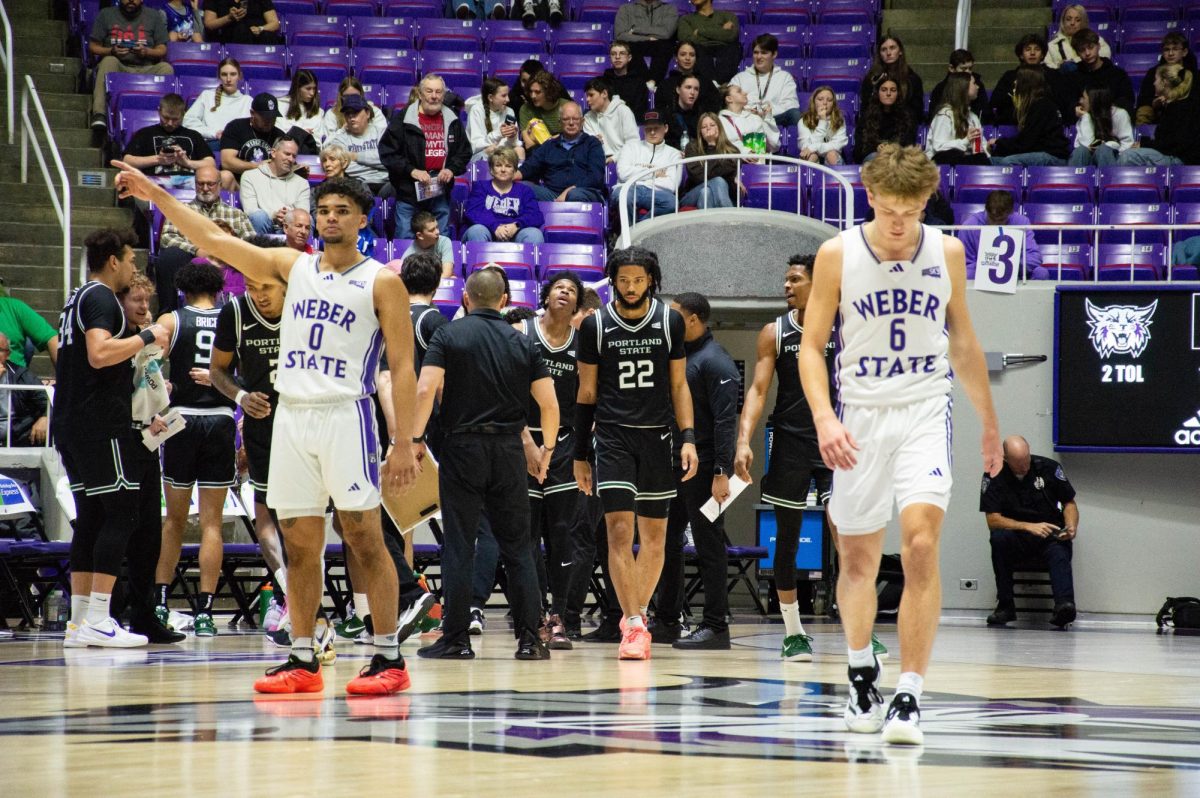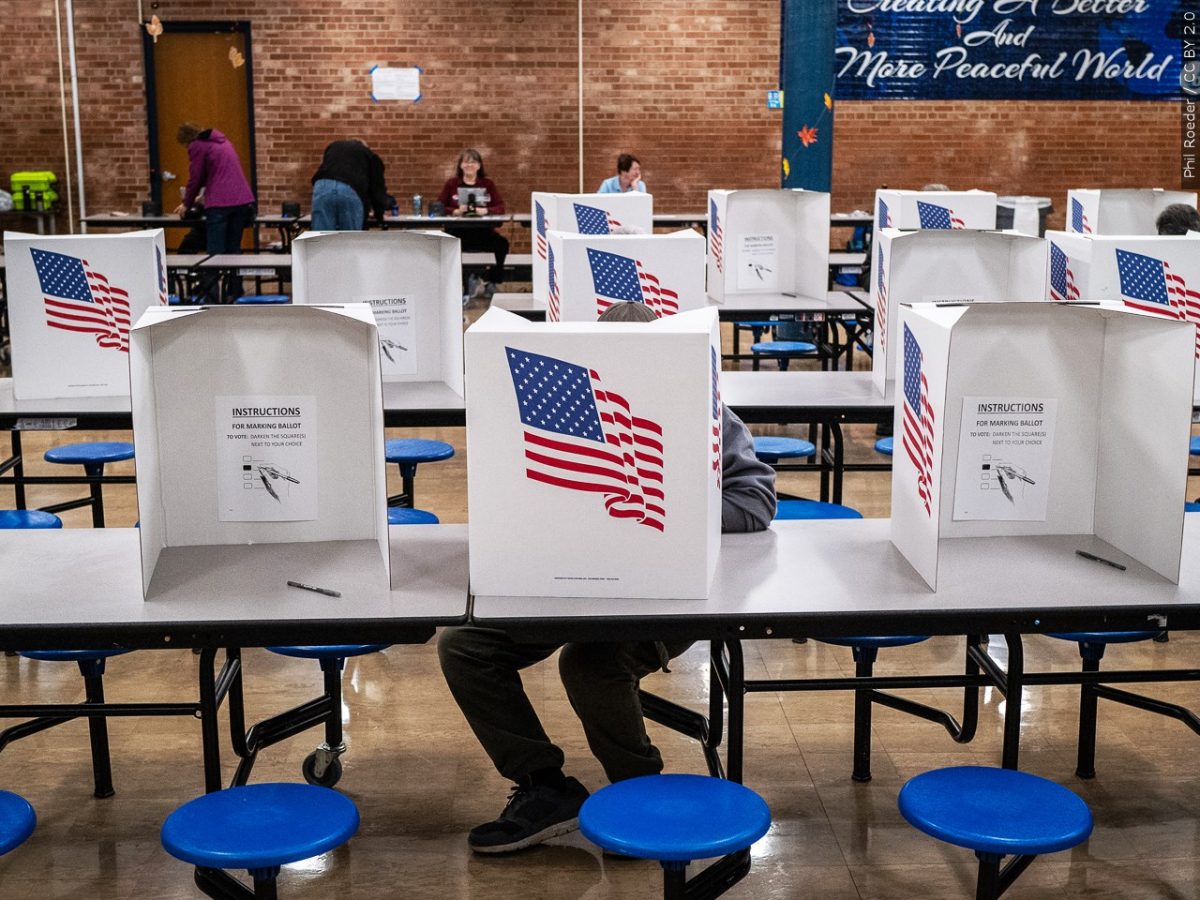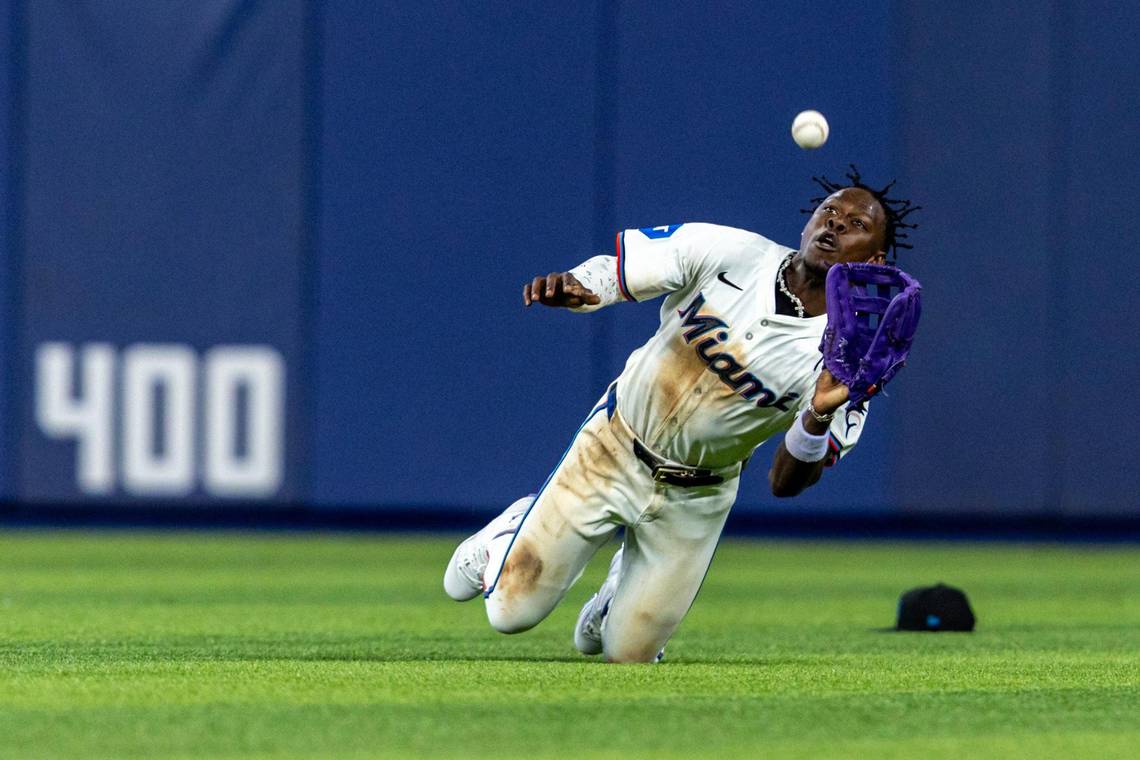
Weber State University guard Scott Bamforth shoots in a game against Montana State University earlier this season. Bamforth is one of many in the new generation of sharp-shooters.
Recently I attended a youth basketball game, and I was extremely surprised at something I saw there. Something that, if I had done it in my youth playing time, I would have gotten an earful from my coach.
One of the teams had just taken the court and was about to start warming up. The teams started to line up, I assumed for layup drills, but the coach had something else in mind. The lines took turns shooting 3-point jumpers. It was then I realized how much basketball had changed in just the 10 or so years that I had been out of organized leagues.
This trend is most likely the result of the change of players in the NBA. Now more than ever, there are more and more players in the league as 3-point specialists.
This year, many 3-point records were set. Stephen Curry of the Golden State Warriors set the record for most threes made in a single season with 272, shooting 45.3 percent. He, along with fellow Warrior guard Klay Thompson, set the record most 3-pointers by a backcourt in NBA history with 483, as Thompson shot over 40 percent from behind the arc. Damian Lillard set the record for rookies, draining 185 threes in his rookie season.
The trend of 3-point specialists was perhaps never so highlighted as it was in this year’s NBA Finals. Both the Miami Heat and the San Antonio Spurs used these specialists to swing the momentum in multiple games.
Spurs shooting guard Danny Green set a new NBA Finals record for most 3-pointers in a series with 27. It seemed that the Spurs rose and fell with the shooting of Green. Over the first five games, Green made 25 of 38 shots from behind the arc, 66 percent. He led his team in scoring in two of those five games. It was hard to fathom why Miami didn’t play tighter defense against Green, who was a major reason the Spurs were ahead in the series 3-2.
That defense came in the final two games as Miami held Green to just two for 11 from downtown. Meanwhile, Miami sharp-shooter Shane Battier was in a playoff slump, making just three attempts in 15. He would turn it around in the final two Heat victories, shooting 9-for-12, helping Miami to their second consecutive title. Even LeBron James, who set a career high in 3-point percentage at 40.6 percent this season, went 5-for-10 in the deciding Game 7.
The 3-point efficiency made it to Ogden this year. Weber State senior Scott Bamforth ranked fourth in 3-point percentage in NCAA division I men’s basketball, shooting 45.3 percent from 3-point range. Bamforth went on to break the record for most 3-pointers by a Wildcat in a career, making 259 over his four years at WSU. The record previously belonged to Lillard, who set it the season before. With more and more colleges adapting to this type of system, professional basketball seems to be headed for even more of these specialists.
Almost gone are the days where a team had a dominating paint presence. What used to pass as a good power forward, a big guy that can both rebound and shoot the midrange jumper, now passes as the ideal center. Spurs center Tim Duncan is a good example of this. His transition from power forward to center was seemingly effortless. Now teams rely on the floor being spread, allowing driving lanes for guards who can get to the hoop or kick it out to their spot up shooters on the wing.
There always will be room for the big man in the game of basketball, but as the players become more efficient, so does the game. The game has transformed into a chess match, with no predictable moves. Is the ball going into the paint? Will there be a kick out to the shooter? Will he find a teammate cutting to the basket? There are so many options; it all comes down to which is the best decision.
The 3-point shot has now become the most valuable play in the game of basketball. With percentages going up, it is also worth going for on a more regular basis. That is the way many coaches see it.
And whether it be an NBA point guard pulling up for a three on the fast break or a Junior Jazz player in warmups, the game of basketball is in a transition. The 3-pointer has become the new layup.


